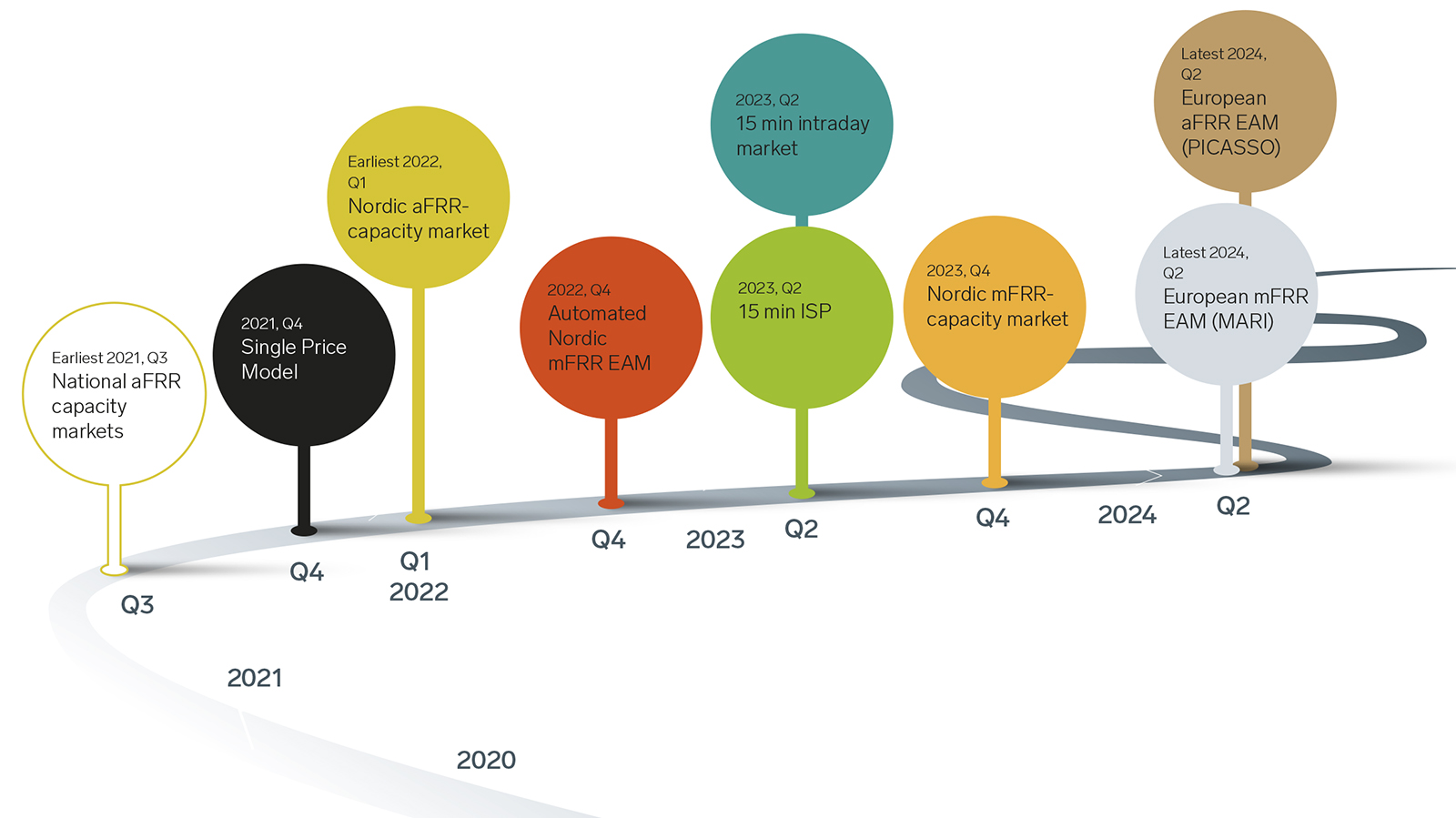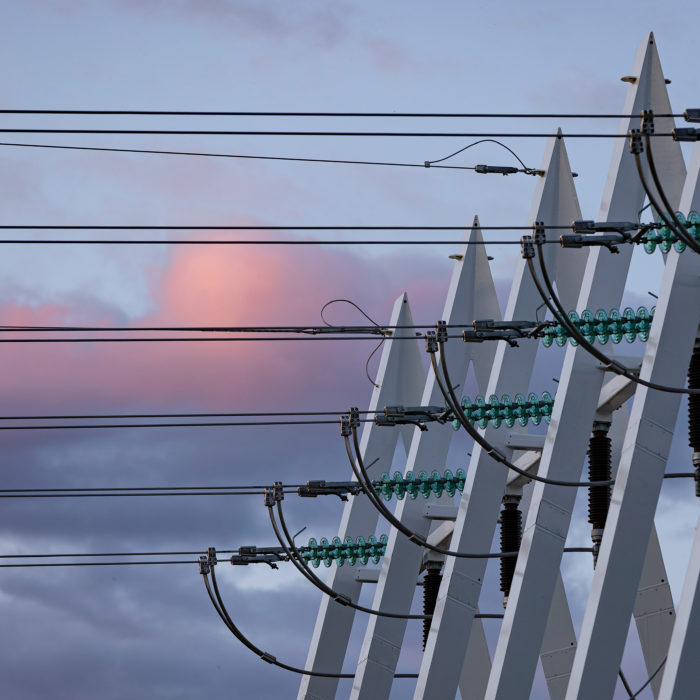The Nordic system price started to fall in January when precipitation volumes were very high, and, over the spring, the amount of fallen snow was the largest since measurements began in 1958. Furthermore, temperatures were milder than normal, resulting in lower electricity consumption. When the impact of the coronavirus is also factored in, the set of circumstances has been far from normal.
The average temperature measured by the Finnish Meteorological Institute at its observation station in Kaisaniemi, Helsinki, was +3.0°C in January and +2.4°C in March. From 1981 to 2010, the average temperatures were approximately -4°C in January and -1.3°C in March.

derivatives trading, electricity purchasing and consulting services related to the electricity market. Mika Laakkonen is Head of Physical Trading at Power Deriva.
Over the last ten years, temperatures in Europe have followed a rising trend in comparison with the period from 1981 to 2010. In the Nordic countries, mild winters mean wet and windy weather and low electricity consumption. As wind power capacity increases, windy periods will have an increasingly important impact, and price fluctuations will become more apparent. In the first quarter of this year, wind power output in the Nordic countries was about 6 terawatt-hours higher than in the year before.
The hourly spot prices also reveal the extraordinary nature of the previous winter. The system price hit a high of just over EUR 32 per MWh in February, while the Finnish price peaked at almost EUR 200 per MWh on 25 June. Power plant maintenance in Sweden and maintenance of the cross-border links in Norway and Sweden had a bearing on the high price in Finland in June.
Regional price differences have become large, partly due to the melting of the record snowfall in Norway. Indeed, the volume of flowing water has been higher this summer than at any other time this millennium. Furthermore, problems in the Norwegian and Swedish power networks have given rise to constraints in the transmission capacity. The problems are partly temporary and partly permanent.
The transmission restrictions in Sweden were mainly due to decreased nuclear power generation in the SE3 and SE4 areas. The low nuclear power output has increased the deficit in Southern Sweden, forcing the Swedish transmission system operator to limit the transmission capacity between the north and the south in order to maintain stability in the grid in Southern Sweden no matter what the load on the network. In all likelihood, it will be necessary to build new transmission connections between Northern and Southern Sweden or larger generation and consumption flexibility in Southern Sweden in order to resolve this issue.

The go-live of Olkiluoto 3 and new transmission connections between Finland and Sweden will eventually strengthen the connection between the Finnish and Swedish power systems and contribute to stabilising prices. However, it is important that the Norwegian and Swedish grids are improved in order to reinforce the common Nordic market.
Regional differences in spot prices also have a significant impact on secondary market prices, especially on the balancing power market, which exposes market participants to risks associated with the price of imbalance power. This year, fluctuations in the price of imbalance power in the Finnish pricing area have been particularly pronounced, and uniformity between pricing areas is an important factor for secondary markets. Consumers and producers are exposed to risks associated with the price of imbalance power, both under normal circumstances and in the event of various disturbances, where the risks are an order of magnitude higher.

The imbalance power price risk for Finnish operations is significantly higher than in Sweden. This is largely because we are often a different pricing area from Sweden. In such situations, the most expensive balancing capacity in Finland determines the price of imbalance power. The total energy volumes used for balance power in the Nordic countries and Finland have remained fairly stable over the last few years.
However, there is a large price difference in terms of energy-weighted balance prices. In 2018–2019, the average price in Finland was around EUR 115 per megawatt-hour (and approximately EUR 50 per megawatt-hour in the SE3 price area), and in the first half of 2020, the price was approximately EUR 150 per megawatt-hour (and approximately EUR 35 per megawatt-hour in the SE3 price area).
Operators in the Finnish price area are exposed to an imbalance power price risk that is approximately twice as large as in the SE3 price area. During the first half of the year, imbalance power in Finland has deviated from the spot price by approximately EUR 10 per megawatt-hour (or approximately EUR 4 per megawatt-hour in SE3) for buyers of imbalance power and approximately EUR 7 per megawatt-hour (or approximately EUR 4 per megawatt-hour in SE3) for sellers. The situation was very similar in 2018– 2019. This year, the price differences between Finland and Sweden have been further accentuated by the low spot prices in Sweden.
Read more about Fingrid’s open data on electricity market: www.fingrid.fi/en/electricity-market/electricity-market-information/




